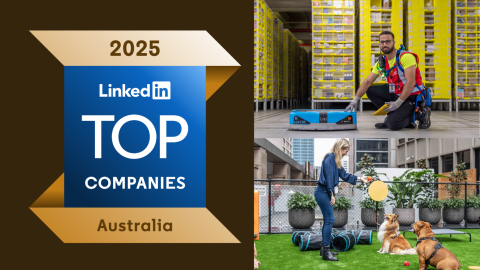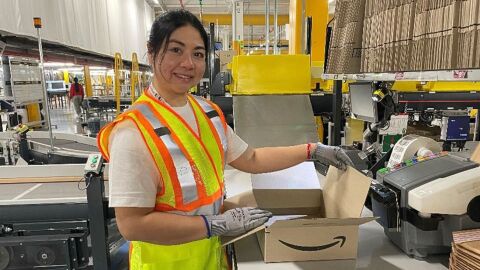You’ve done the necessary research. You’ve applied for the dream job. You've successfully completed the online assessment and phone screen, and just discovered you are moving on to the final round of your Amazon interview. It is now time to prepare.
Fortunately, you are not alone in this journey. It’s pretty well-documented and publicised—thanks to former and current employees, and career coaches alike—that Amazon engages in behavioural-based interviewing through the STAR (situation, task, action, and result) method.
Our interviews are rooted in behavioural-based questions which ask about past situations or challenges you’ve faced and how you’ve handled them, using Amazon's Leadership Principles to guide the discussion. We avoid brain teasers as part of the interview process as it’s irrelevant and not indicative of your actual performance. We’re more concerned with the way you critically process and behave in certain situations, embody core competencies, and the experiences that have shaped you as a professional.
We aspire to make interviewing at Amazon as frustration-free as our shopping experience. Because of this, we’ve asked Cody Nelson, senior manager of recruiting, Worldwide Operations at Amazon, who has conducted hundreds of interviews over nearly a decade, for his best advice on how to ace your upcoming interview. Here are his tips.











